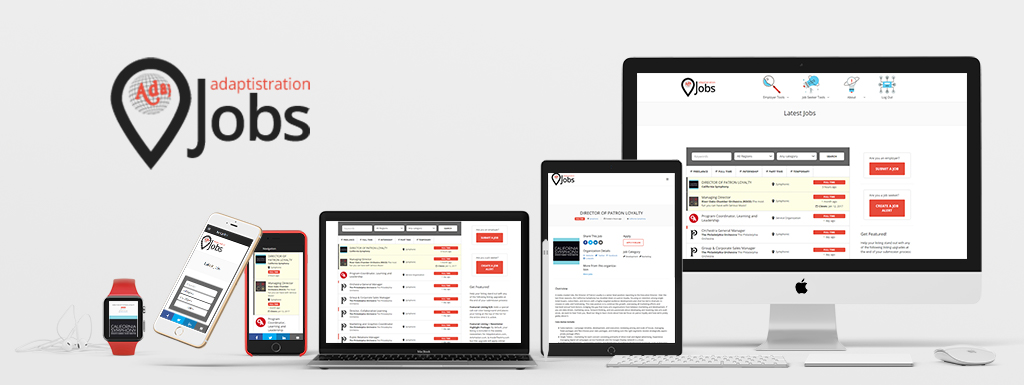The 11/9/2009 edition of the Huffington Post published an article by Kennedy Center president Michael Kaiser that starts off with the question “Does the Symphonic Orchestra Model Work?” The piece has caused quite a stir within the orchestra business; dander is up, hackles raised, and righteous indignation abounds. Yet, regardless how many times I read the post, I don’t see what everyone is so upset about…
 The only component that could be interpreted in a negative context is when Kaiser engages in a little prognostication.
The only component that could be interpreted in a negative context is when Kaiser engages in a little prognostication.
“Somehow the cost structure for American orchestras has risen to the point that every orchestra is likely to struggle to make ends meet. I do believe that a group of elite orchestras will survive, and even thrive.”
It isn’t stretch to see how the term “elite” could be construed in a negative context but after asking five colleagues what they thought Kaiser meant by that term, I received four different interpretations. At best, the term is confusing but it doesn’t appear as though Kaiser is indicating that orchestras in a particular budget range will weather the current economic downturn.
In fact, I thought Kaiser went on to define his use of “elite” in the subsequent sentence.
“These orchestras will have the support of their communities, a large thriving fund-raising program and, of course, exciting art.”
Beyond that, it seems the part that upset most folks is when Kaiser commits the unwritten sin of acknowledging one of the biggest taboos in the business: boards and executives sometimes approach collective bargaining negotiations and strategic planning with retaliatory attitudes.
“Frustrated board members and administrative staff often approach restructuring with a feeling of vengeance: the musicians are getting what they deserve.”
Kaiser’s article isn’t an attempt to lay blame at the feet of any stakeholder so much as speaking honestly and directly about one of the biggest taboos in the orchestra business. As a fellow heretic, this topic has been examined at Adaptistration for the past several years and I feel Kaiser’s piece goes a long way toward helping the business over one of its greatest hurdles.
Most of what Kaiser proposes as a way for boards and managers to avoid the vengeance trap during periods of economic stress are precisely what was prescribed in an article here from January 22, 2009 that outlined successful concessionary bargaining practices. One major difference between that piece and Kaiser’s post is the latter ties in the potential for vengeance minded negativity when orchestras fail to implement a more enlightened approach.
It was surprising to see such a defensive reaction to Kaiser’s article from League of American Orchestra President & CEO, Jesse Rosen. Especially since Kaiser doesn’t mention or allude to the League, or any other service organization, throughout his piece. Toward the end of Rosen’s comment he states “There’s nothing to be gained in laying blame at the feet of any one group,” but that indicates he may have entirely missed Kaiser’s point.
As mentioned before, there isn’t a sense of blame coming across in Kaiser’s article so much as an unfiltered observation of concrete outcomes from a flawed process. There’s far more to be gained from openly acknowledging these pitfalls and using them as a way to motivate stakeholders to embrace a better process at a time when they are increasingly worn thin by pressures resulting from the economic downturn. That approach may not have as much sex appeal as multisyllabic management jargon and shortsighted satisfaction, but it is good business sense.
Ultimately, the message Kaiser’s article projects is in order to promote the long term health of arts institutions that have, in his words, “the support of their communities, a large thriving fund-raising program and, of course, exciting art” it requires an open stakeholder relationship that openly acknowledges the recourse of flawed process.


